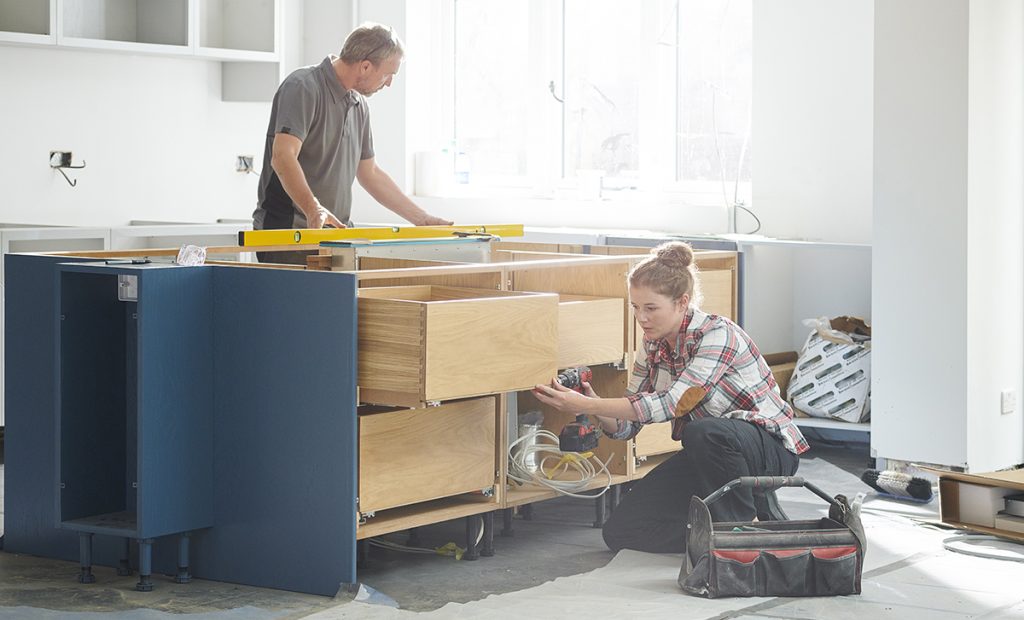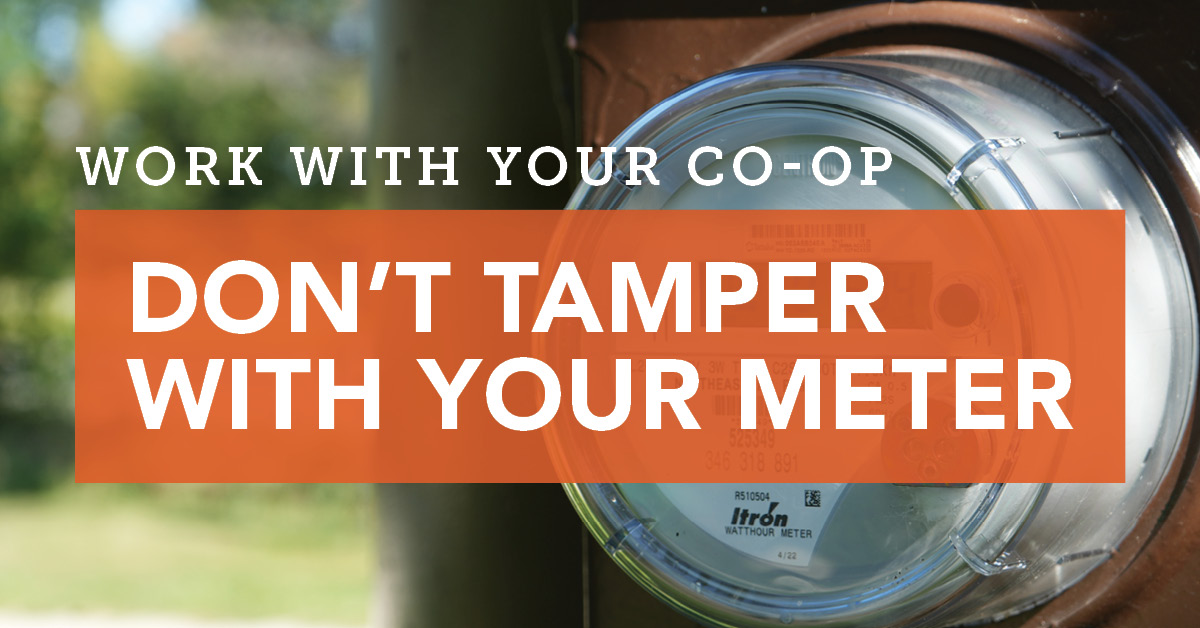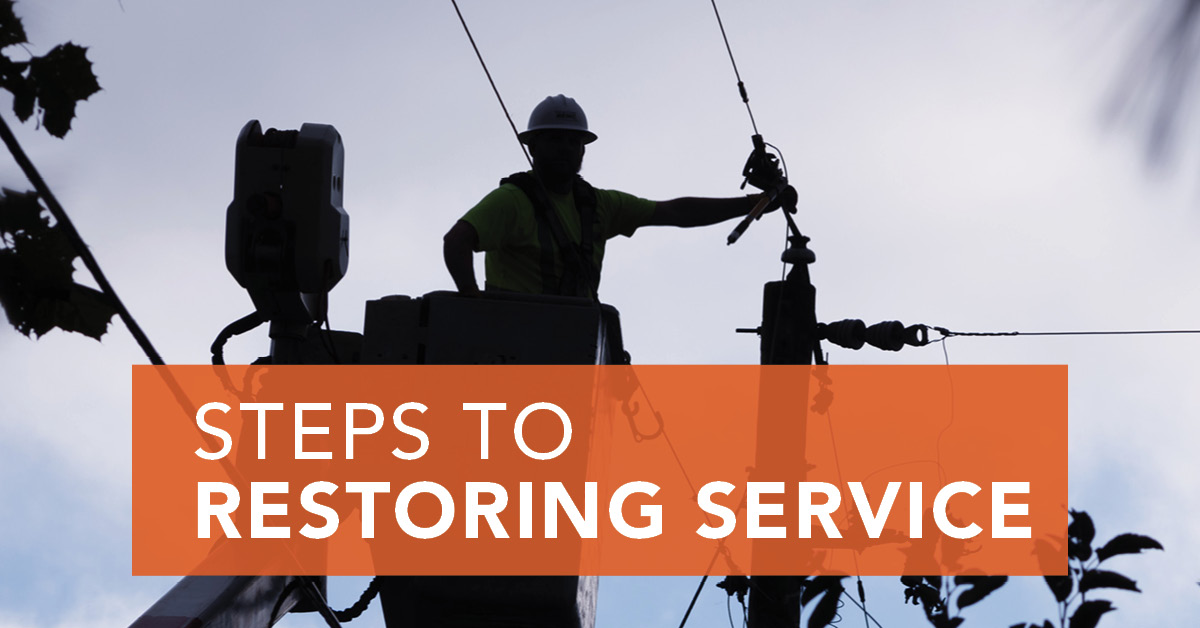What may seem like a small project could turn into big danger if you use electric power tools carelessly. Tools aren’t just powered by electricity; they run on compressed air, hydraulics, belts or chain drives, too. Knowing the dangers these tools are capable of is the first step in keeping you and those around you safe.
“Power tools possess a tremendous amount of energy and, if you use them, you must control that power,” said John Gasstrom, CEO of Indiana Electric Cooperatives. “Hazards from power tools affect not only the person using them, but also those working close by.”
There are some general practices that should be followed when using electric tools. It’s important to operate these tools within their design limitations. Always read and follow the instruction manual to ensure you are using them correctly. Before using any tool, put on gloves, appropriate footwear and eyewear, if needed. When you’re finished using it, carefully disconnect the tool, never yanking by the cord, and store it in a dry place.
Electrical shocks, which can lead to injuries such as heart failure and burns, are among the major hazards associated with electric-powered tools. Under certain conditions, even a small amount of electric current can result in atrial fibrillation (AFib) and death. An electric shock also can cause people to fall off ladders or other elevated work surfaces and be injured due to the fall.
Do not use electric tools in damp or wet locations unless they are approved for that purpose. To protect users from shock and burns, electric tools must have a three-wire cord with a ground plugged into a grounded receptacle, be double insulated, or be powered by a low-voltage isolation transformer.
Your safety is important to us, but the power is in your hands to practice electrical safety when using equipment that can put you in harm’s way!
Source: osha.gov
7 easy steps to staying safe while using electric power tools
Here are some safety steps to take when using electric power tools:
- Keep floors dry and clean to avoid slipping while working with or around dangerous power tools.
- Ensure cords aren’t a tripping hazard.
- Examine tools and cords for damage before use.
- Use tools that are double-insulated or have a three-pronged cord and are plugged into a grounded receptacle.
- Do not use electric tools in wet conditions unless they are approved for that use.
- Do not exceed the design limitation of the tool.
- Use a ground fault circuit interrupter (GFCI) or an assured grounding program.
Source: vividlearningsystems.com
How to inspect your powered hand tools — and what to do if they’re defective
It’s important to inspect your power tools each year for wear and tear that might have occurred while being stored. This will help avoid electrical dangers and much more.
When and how should you inspect powered hand tools?
- Inspect tools for any damage prior to each use.
- Check the handle and body casing of the tool for cracks or other damage.
- Check to see that tools with auxiliary or double handles are installed securely.
- Inspect cords for defects: Check the power cord for cracking, fraying and other signs of wear or faults in the cord insulation.
- Check for damaged switches and ones with faulty trigger locks.
- Inspect the plug for cracks and for missing, loose or faulty prongs.
What should you do if you find a tool defective?
- If a tool is defective, remove it from service, and tag it clearly “out of service for repair.”
- Replace damaged equipment immediately. Do not use defective tools temporarily.
- Have tools repaired by a qualified person. Do not attempt field repair.
Source: ccohs.ca






